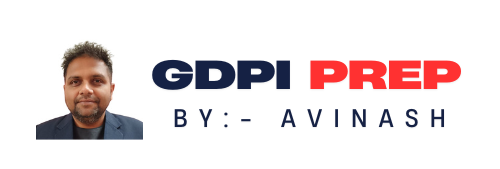While your verbal responses are undoubtedly crucial, your non-verbal cues can significantly impact the impression you make on the interviewer. Body language, facial expressions, and tone of voice can convey as much, if not more, than your words. Here’s a breakdown of how to master the silent language of the MBA interview:
The Power of Body Language
- Posture: Sit upright, but not rigid. Lean slightly forward to show engagement. Avoid slouching or crossing your arms, as these can signal disinterest or defensiveness.
- Eye Contact: Maintain eye contact with the interviewer, but don’t stare. This shows confidence and sincerity.
- Hand Gestures: Use hand gestures to emphasize points, but avoid excessive or distracting movements. Keep your hands relaxed and natural.
- Facial Expressions: Smile when appropriate, but avoid overdoing it. A genuine smile can create a positive impression.
- Mirroring: Subtly mirroring the interviewer’s body language can build rapport and create a sense of connection.
The Importance of Vocal Tone
- Pace: Speak at a moderate pace. Avoid rushing or speaking too slowly.
- Volume: Ensure your voice is loud enough to be heard clearly, but not so loud that you sound aggressive.
- Pitch: Vary your pitch to maintain interest. A monotone voice can be boring.
- Enunciation: Speak clearly and enunciate your words. Avoid mumbling or slurring your speech.
Common Non-Verbal Mistakes to Avoid
- Fidgeting: Avoid fidgeting with your clothes, hair, or jewelry. It can make you appear nervous or distracted.
- Excessive Gestures: While hand gestures can be effective, too many can be distracting.
- Poor Posture: Slouching or leaning back can signal disinterest or lack of confidence.
- Negative Body Language: Crossing your arms or legs can create a defensive barrier.
- Poor Eye Contact: Avoiding eye contact can make you seem dishonest or uninterested.
Practicing Your Non-Verbal Cues
- Record Yourself: Record practice interviews and pay attention to your body language, facial expressions, and vocal tone.
- Seek Feedback: Ask a friend or mentor to provide feedback on your non-verbal cues.
- Practice Mindfulness: Focus on your breath and body language to stay calm and present.
- Role-Play: Practice with a friend or family member to simulate a real interview scenario.
The Final Word
Remember, the MBA interview is a two-way street. Not only are you being assessed, but you’re also assessing the program to see if it’s the right fit for you. By mastering both verbal and non-verbal communication, you can make a strong impression and increase your chances of success.
In the next article, we’ll delve deeper into the importance of asking insightful questions during the interview.
Keywords: MBA Interview Body Language, MBA Interview Non-verbal Cues, MBA Interview Tips, B-school Interview, IIM Interview, XLRI Interview, ISB Interview, MBA Interview Preparation, Crack MBA Interview, MBA Interview Questions, MBA Admissions Consultant, MBA Mentor



